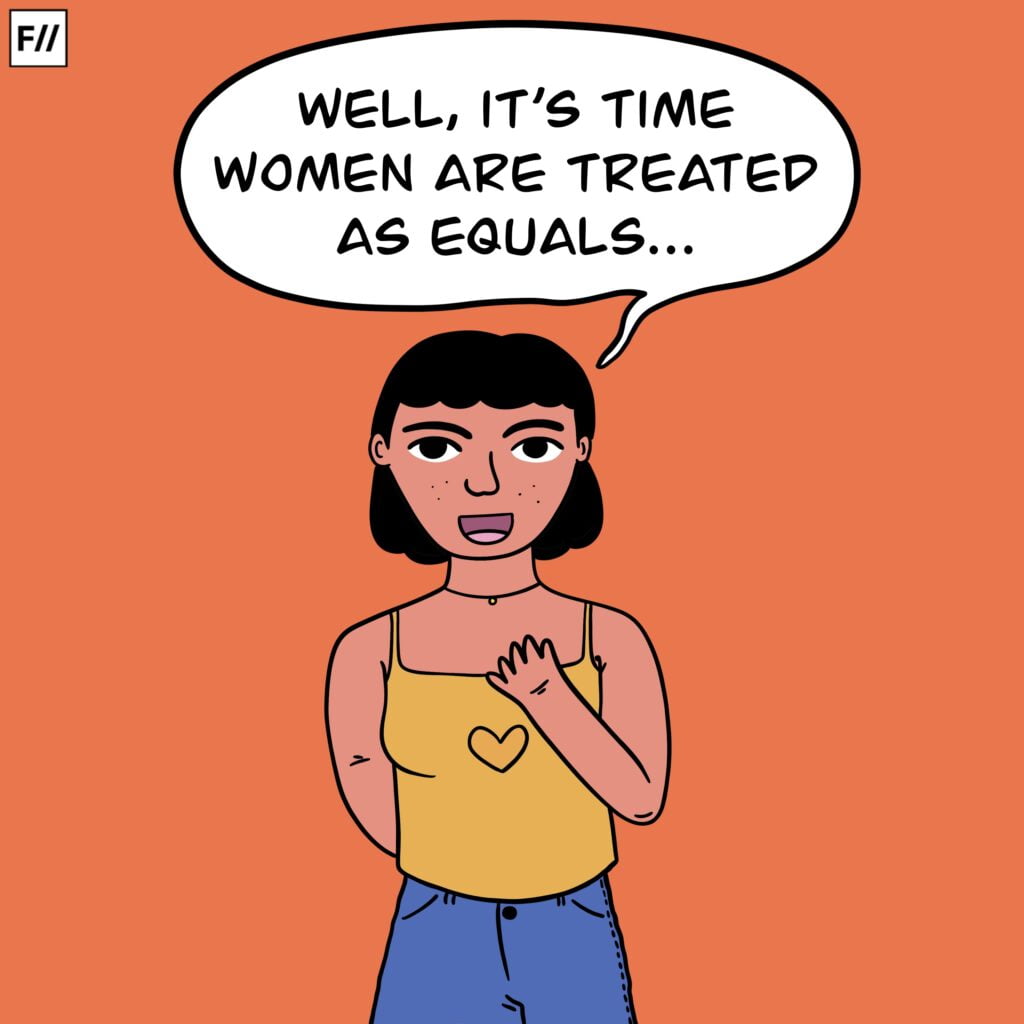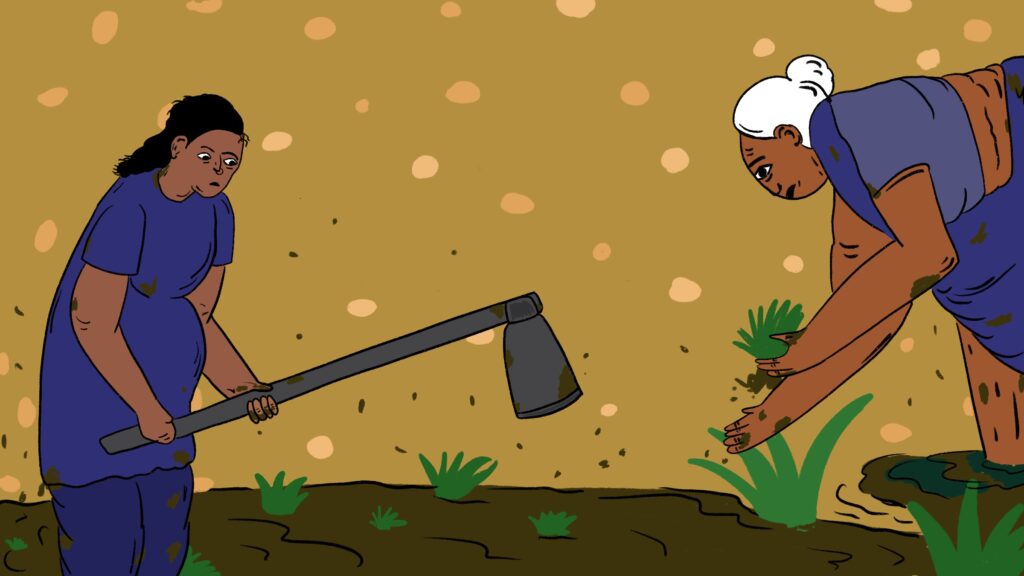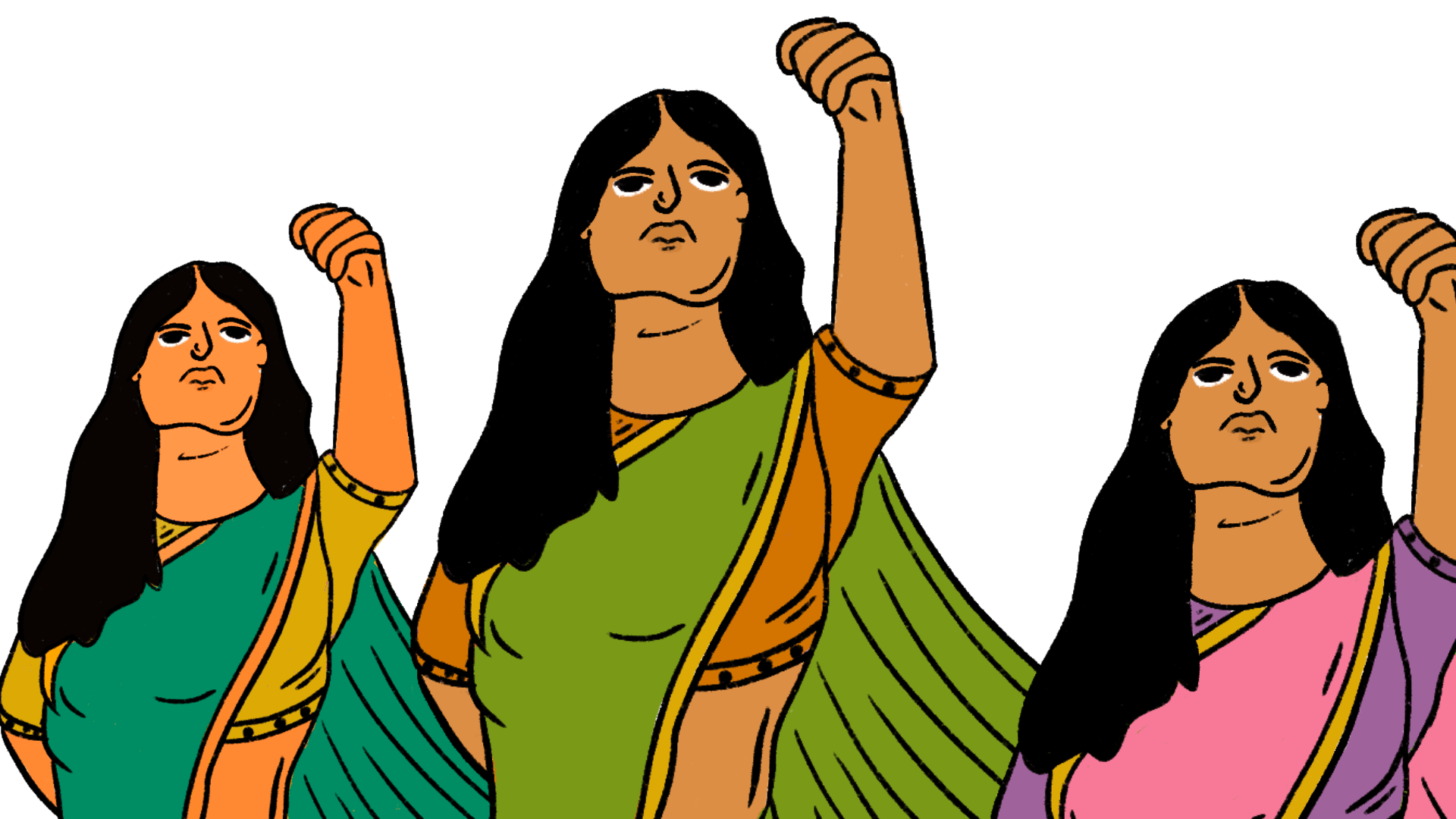In a recent study published in Current Biology, a team of researchers came to conclude that women do work harder and more intensively than men across populations and that this can be attributed to the disadvantaged position women are faced with, in the division of labour, due in part to their dispersal from their natal homes to their husbands’.
The research process for the study was carried out on samples of 438 currently married people from different ethnic groups present in several villages and other rural locations in southwest China by providing participants with wearable fitness trackers and noting the daily “steps” taken by each participant, over 640 full days, to be positively correlated with high-energy activities and negatively correlated with low-energy activities (or “leisure”).
The various ethnic groups thus selected were first evaluated based on their kinship systems and residence patterns, with only two out of the six groups being matrilineal, and practising duolocality (or couples living apart, in their respective natal homes, on marriage), with the rest being patrilineal and practising a variety of residence patterns, such as patrilocality (female dispersal to husband’s natal home), matrilocality (male dispersal to wife’s natal home), and neolocality (mutual dispersal).
On a comparison of the resultant “steps” taken in each postmarital residence, it was discovered that neolocal couples take the most steps and duolocal couples take the least steps. Additionally, matrilocal households were the only category within the study to have the least differences in steps based on sex.

Considering that the vast majority of postmarital residences globally have been in the form of patrilocal households, there is no denying the role dispersal plays in sexual inequality given that men rarely choose to disperse from their natal homes.
The choice of postmarital residence is made based on several factors, to begin with, from property inheritance and household size to marriage type and family structure. However, factors such as ecological changes, technological developments, warfare, and migration have also begun to play a vital role in the dispersal process.
Also Read: Seize The Table: Why Women Need To Occupy Space And Seize Opportunities
Regardless, about 69% of the world’s population still opts for a patrilocal residence, as the guiding influence under which most families choose residence is based on descent being measured according to the male offspring, rather than the female, under patriarchal norms. This form of patrilineal society is predominant in the modern world, and is considered more advanced than a matrilineal society as the man being the head of the family is seen as a part of the natural order of the world, further validating male dominance over women. However, this development has only taken place with the occurrence of certain socio-economic changes.
From matrilineal clans to patrilineal societies
In Lewis H. Morgan’s 1877 text, Ancient Society, he establishes the first domestic institution as being matrilineal, as observed in the Native American tribe of Seneca Iroquois among others. In these matrilineal clans, women resided in communal households and shared in tasks such as child rearing and household duties. This was described as “primitive communism” and recognised the supremacy of women in the house as mothers, given that fathers could not be ascertained with complete certainty as monogamous marriage was not the prevalent tradition at the time.
Instead, they practised the second stage of a family as recognised by Morgan, or the punaluan family, which decreased the chances of incest from the first stage consanguine family’s laws of marriage, which were based on generations, to the patriarchal and matriarchal family lines being divided into “gens” or “gents” within which inter-breeding was forbidden.
Also Read: Women At Work: The Politics Of Claiming Space
The recognition of descent and relations of inheritance being passed down solely through the mother, or “mother-right,” as put forward by Bachofen in the 1861 text Mother Right: an investigation of the religious and juridical character of matriarchy in the Ancient World, came to a halt at the introduction of private property, as economic conditions changed with the growth in population density. This resulted in these primitive forms of communistic housekeeping being rejected as societies transitioned from matrilocal to patrilocal, progressing to the third stage of family, or the pairing family, as Morgan put it. This precursor to the modern monogamous family unit decrees for women to be committed to one man to ensure the paternity of the child, while no such restrictions were placed on the man.
Friedrich Engels adds on to Morgan’s and Bachofen’s work in his 1884 treatise, The Origin of the Family, Private Property, and the State: in the Light of the Researches of Lewis H. Morgan, by attributing the gradual dissolution of the matrilineal clans to the onset of farming and pastoralism. The sexual division of labour was introduced, with the woman being relegated to the confines of the home and the man being part of the workforce engaged in agriculture. The instruments and food thus produced were his property and to be passed down to his gens.
Also Read: Women, You May Soon Get Extinct!
The fourth and final stage of family, the monogamous marriage, is thus built upon the subjugation of women and their labour in modern society, as families engaged in agriculture continued to utilise women’s bodies for the benefit of the man, for increasing his inheritance as well as furthering his lineage. “The overthrow of mother-right was the world’s historic defeat of the female sex,” says Engels, “The man took command in the home also; the woman was degraded and reduced to servitude, she became the slave of his lust and a mere instrument for the production of children.” The fruits of women’s labour were now the birthright of her husband’s natural heirs as his inheritance for them to pass on.
Stepping up to a second shift
Within the paradigm of modern capitalist society, an aforementioned division of labour has further come to fruition, notably sexed. The concept of a division of labour was first introduced by Émile Durkheim in 1893, in The Division of Labour in Society, where individuals developed from a collective consciousness, or “mechanical solidarity” in primitive societies, to “organic solidarity” which is characterised by solidarity developed based on interdependence in increasingly divided societies.
This form of solidarity further alienates the sexes at the time of the division of labour, with males having an advantage under the patriarchal framework given the financial and social dependence of women on men, who are the primary owners of private property.

With the groundwork laid in place by the widespread establishment of monogamous marriage as the norm, assigning women the role of tending to domestic chores and household tasks as a prerequisite, a sexual division of labour within modern capitalist society necessitates that wage labour is performed to support the family in addition to the performance of these unpaid duties.
This is termed by Arlie Hochschild in her 1989 book, The Second Shift: Working Parents and the Revolution at Home, as a “second shift” that is unique to women in their years as a part of the workforce, having to juggle the responsibilities involved in child rearing and housekeeping while keeping on track with the rigours of one’s career.

Furthermore, within the model of a patrilocal postmarital residence, women are at a disadvantage in negotiating for a division of labour that is in their favour, or even at par with their husband’s share, in family structures governed by the burgeoning identity of the husband as the head of the household. This disparate workload sees an increase within rural societies where 43% of the agricultural workforce constitutes women, globally, adding on to the labour they are burdened by in their own homes.
Historical context, family structures, and wage labour, among others, come to a head in the exploitation of working women. The labour of women is a high-demand product that comes at a low cost to men and provides them with high profit. While women may be working harder, who, exactly, are they working for?
About the author(s)
Tanya Roy is a 20-year-old student at FLAME University in Pune, with a major in Film & Television Management and a minor in Literary & Cultural Studies. She is interested in critiquing and analysing art in its different mediums through a feminist lens and is an avid reader of feminist and other sociocultural theories.





